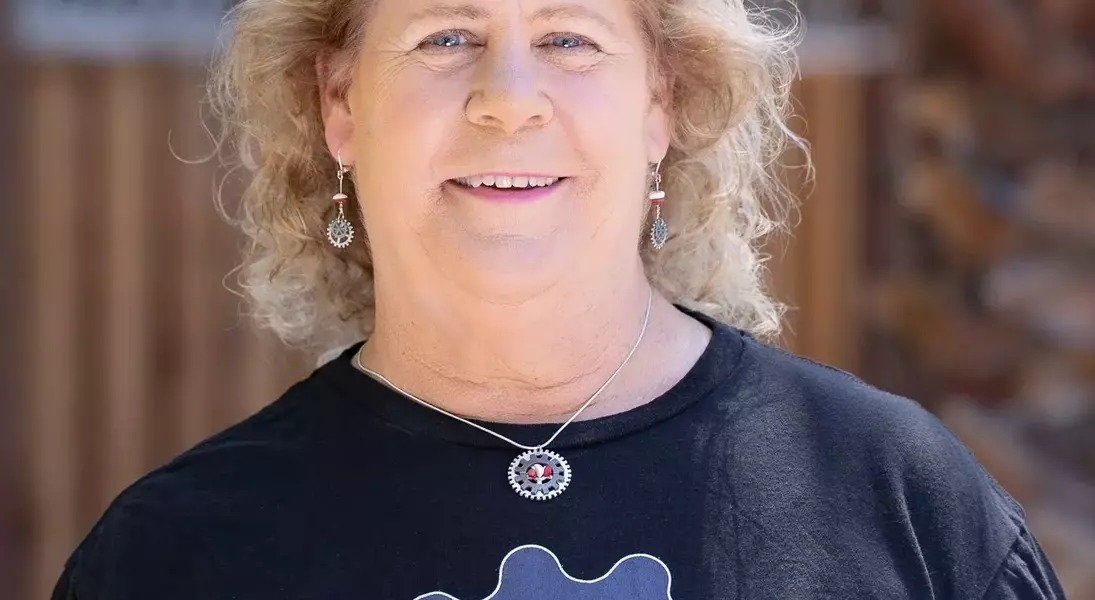The construction industry is currently facing a significant shortage of workers, a challenge that is being addressed at the local level through various programs and initiatives. This series shines a light on those efforts aimed at recruiting the next generation of construction professionals. Read previous entries here to learn more about the ongoing work.
Uncovering the Path to a Skilled Construction Workforce
Heavy Metal Origins and the Birth of HMSE
In 2020, Angie Simon, the national president of SMACNA, recognized the need to reach out to teens who might otherwise overlook the construction trades as a career path. She coordinated with HVAC services firm Hermanson Co. in Seattle and Western Allied Mechanical in Union City, California, to formulate the ideas for an educational program. The result was the Heavy Metal Summer Experience (HMSE), a 36-hour program hosted in company shops. High school students and recent graduates visited these shops over a few days a week for six weeks to gain hands-on experiences in trades like HVAC and metalworking, while also exploring the construction industry as a viable career option.Unlike other nationwide organizations running numerous camps, HMSE developed a playbook for running its camp or a similar one. This provides flexibility, as some camps are hosted in union training centers instead of contractors' shops, and some focus on different trades such as plumbing, pipelaying, or electrical work. For example, Stacy Zerr, the executive director of the Mechanical Contractors Association of Kansas City, runs her camp from 7:30 a.m. to 3 p.m. daily, with a packed schedule of hands-on activities. "Camp is exhausting!" she said. "Ultimately, they should feel a satisfaction in seeing how they can use their hands and minds to produce something that can help build our worlds."Alejandra Rios' Journey into Construction
Alejandra Rios, a 21-year-old junior in high school, came across a flyer for the inaugural HMSE. She had previously worked with metal, taking jewelry classes and learning the basics of soldering and metalworking. "It got me thinking I would want to do this on a bigger scale. I really enjoyed it," she told Construction Dive. Today, she is an apprentice doing marine maintenance for the Port of Seattle, more than halfway to journeyman status. Without the HMSE, she might have attended a technical college or pursued accounting. In 2021, when the HMSE was focused primarily on HVAC and metalworking, she attended one of its camps. In 2024, there were 36 camps across the U.S. and Canada, reaching 500 kids. In 2025, the number will continue to grow.Reuben Umanskiy's Discovery of Construction
Reuben Umanskiy, 18 years old, was initially reluctant to attend the HMSE when his robotics teacher recommended it. But his teacher convinced him, saying it would be better than "wasting" his summer with video games and offering extra credit. He enjoyed it so much that he attended the following summer without the extra credit. "You straight up get to weld, they give you all the protective gear," he said. Now, he is a material handler for Hermanson in Seattle. His passion for construction wouldn't have existed without the HMSE. Both Rios and Umanskiy mentioned that they hadn't previously considered construction as a career because they hadn't had direct exposure to it. They were mostly used to seeing jobsites from a distance.Stacy Zerr, the camp director, emphasized that this is the kind of impact they are looking for. Most high schoolers don't have hands-on experience with any trade, even at an entry level like a wood shop class. "It's hard to know if you have a gift or passion for something when you've never had exposure or a chance to try it," she said. "HMSE is about giving kids a chance to try something new."Angie Simon encouraged more contractors to take action, whether by hosting an HMSE or finding other ways to address the skilled labor crisis. "I think it's time for us to stop talking about it and start doing something about it," she said. The HMSE is making a significant impact on the construction industry by introducing young people to the trades and helping to bridge the worker shortage gap.
